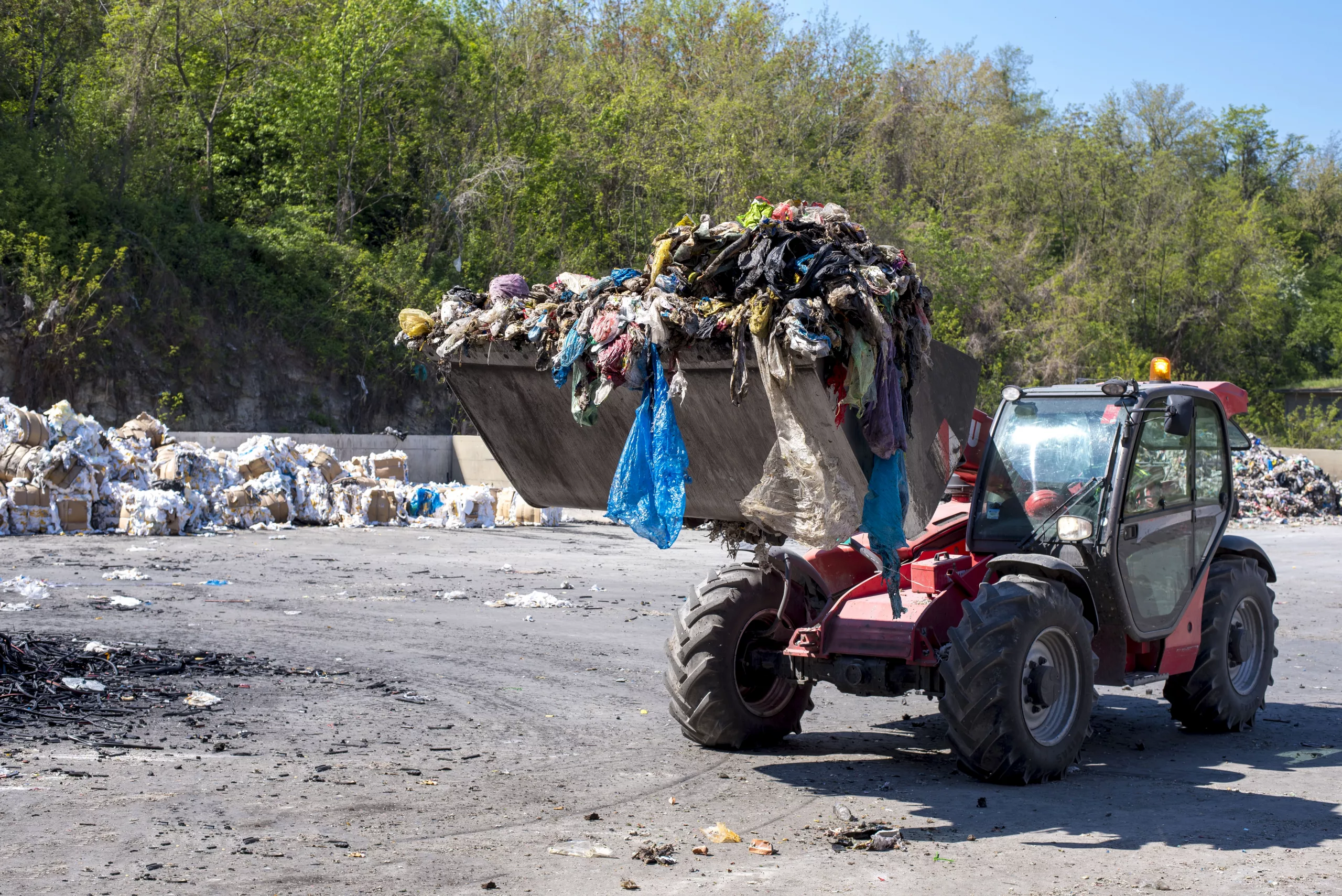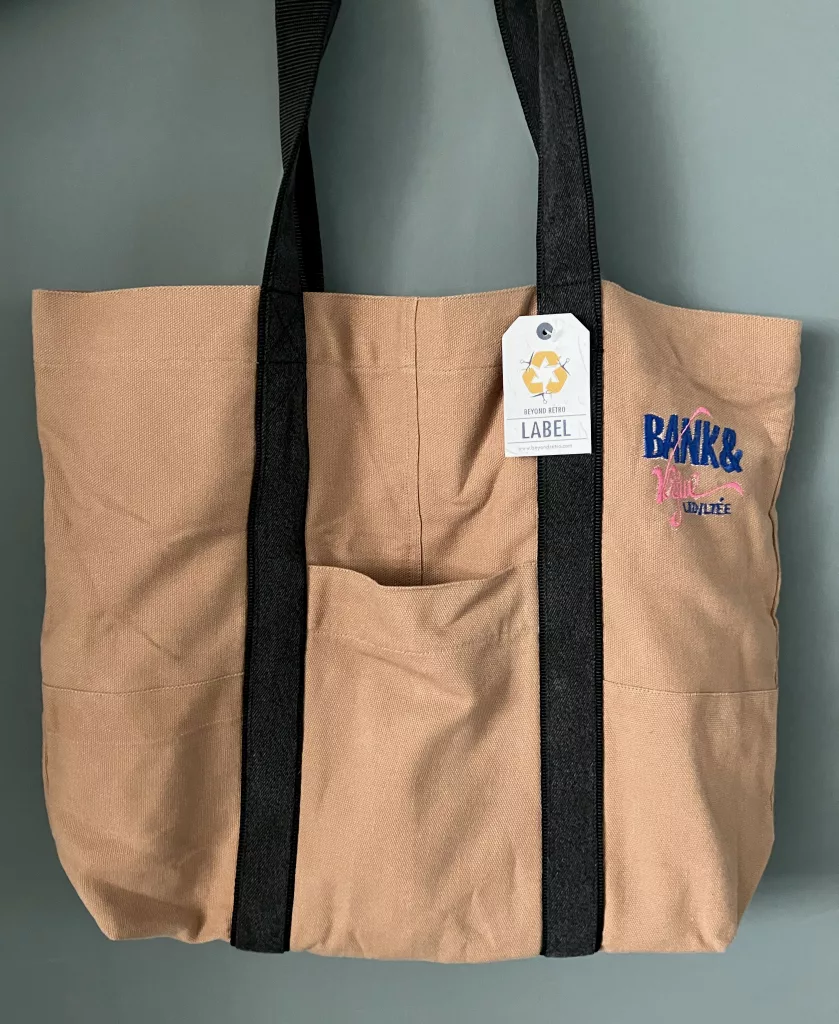In a world increasingly aware of the environmental impact of fashion, one revolution is slowly but surely transforming the industry: recycled textiles. As consumer demand for sustainability grows, the shift from waste to wardrobe has never been more essential. This journey is not just about recycling fabrics, but about rethinking how we consume fashion and what happens to clothes when we’re done with them.
We’ll explore the lifecycle of recycled textiles—from discarded garments to fashionable, sustainable pieces—and how this process helps reduce waste, save resources, and shape the future of fashion.
1. The Problem: Textile “Waste”
Every year, millions of tons of textiles are discarded worldwide. According to the Ellen MacArthur Foundation, 87% of the total fiber input used for clothing is eventually burned or sent to landfills. Fast fashion is a major contributor to this waste, with garments being produced and discarded at a rapid pace.

Not only does this result in environmental damage through wasted resources and pollution, but it also creates a tremendous opportunity for change. By recycling textiles, we can drastically reduce the burden on landfills, conserve water, and cut down on harmful emissions.
Partnerships with secondhand companies, organizations and charities are essential. For example, Bank & Vogue works closely with retailers and suppliers to source post-consumer clothing and textiles, ensuring that these items don’t end up in landfills.
2. Sorting and Collecting Used Textiles
The first step in recycling textiles is collection and sorting. Many secondhand stores, charity shops, and recycling programs accept used clothing and textiles, preventing them from ending up in landfills. Specialized facilities then sort the garments by type, material, and condition. Items that are in good condition may be resold or donated, while those that are worn-out or damaged are earmarked for recycling.
3. The Sorting: Materials Matter
Once the textiles are collected, they undergo a meticulous sorting process. This step is crucial because not all fabrics are created equal—some materials can be recycled more efficiently than others. Natural fibers like cotton, wool, and hemp are highly desirable for recycling because they can be broken down and re-spun into new yarns. Synthetic fabrics such as polyester or nylon are also recycled, though the process often involves melting down the materials before reprocessing them.
Advanced technologies now allow for the sorting of textiles by fiber type, color, and even texture. This reduces the need for harsh chemicals and dyes in the recycling process, making it more eco-friendly.
4. The Transformation: Shredding and Spinning
After sorting, the textiles go through the actual recycling process. In the case of natural fibers, the garments are often shredded into small pieces and processed into a pulp-like substance. From there, the material is spun into new yarn, which can then be used to create new fabrics and garments.
For synthetic fabrics, the process usually involves melting the material down into pellets, which can then be re-formed into new fibers and threads. These recycled fibers are just as strong and durable as their virgin counterparts, and they reduce the need for new resources like petroleum (for synthetics) or water (for cotton).
5. The Production: New Life for Old Fabrics
Once the fibers are ready, they are woven or knitted into new fabrics. These recycled textiles are then used by fashion brands to create new garments, accessories, and even home goods. Major brands have begun incorporating recycled fabrics into their collections, with some using up to 100% recycled materials in their products.
Fashion designers and brands are increasingly embracing recycled textiles as a way to offer consumers trendy, sustainable clothing options without sacrificing quality or style. This shift not only reduces the need for virgin materials but also creates a circular system in which old clothes can become new again.
6. The Benefits: Why Recycled Textiles Matter
The advantages of using recycled textiles go beyond just reducing waste. Here are some key benefits:
- Resource Conservation: Recycling textiles saves raw materials like water, energy, and oil, which would otherwise be needed to produce new fabrics.
- Lower Carbon Footprint: The production of recycled textiles generates fewer greenhouse gas emissions compared to the manufacture of new fabrics.
- Waste Reduction: By recycling garments and fabric scraps, we significantly reduce the amount of textile waste that ends up in landfills or incinerators.
- Innovation in Fashion: Recycled textiles push fashion brands to innovate, creating new ways to blend sustainability with creativity and design.
7. The Future: A Circular Fashion Economy
Recycling textiles is just one piece of the puzzle. The ultimate goal is to create a circular fashion economy in which clothes are designed, produced, and consumed in a way that minimizes waste and maximizes the lifespan of every garment. This means not only recycling but also focusing on durability, repairability, and resale value.
Consumers are playing a crucial role in driving this shift. By choosing to buy garments made from recycled materials, donating or recycling old clothes, and supporting brands that prioritize sustainability, individuals can help make a circular fashion system a reality.
8. Conclusion: A Fashionable Future
The journey from waste to wardrobe is reshaping the fashion industry, offering a more sustainable way forward. As recycled textiles become more widely adopted, the environmental impact of our clothing choices will continue to shrink. With growing awareness and technological advances, the future of fashion is not only more stylish but also more sustainable.
The next time you shop for clothes, consider the story behind the fabric. With every recycled garment, you’re helping to close the loop in the fashion industry—one wardrobe at a time.








